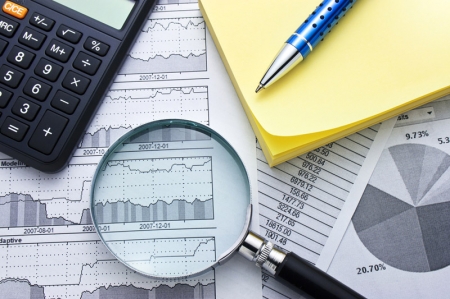What is the Sahm Rule and are investors right to be worried?
2024.08.05 09:58

Global stock markets have faced an air pocket, leading investors to rely on the “Sahm rule,” a highly accurate recession indicator, to assess whether the U.S. economy is in recession.
The Sahm rule states that a recession begins when the three-month moving average of the U.S. unemployment rate is at least half a percentage point higher than its 12-month low. This gauge, known for its simplicity and quick reflection of economic downturns, was named after economist Claudia Sahm when introduced in 2019.
Friday’s weaker-than-expected July jobs report officially triggered the Sahm rule, raising investor concerns that the Federal Reserve may be slow in cutting interest rates to prevent a recession.
However, Sahm herself is not convinced.
“We are not in a recession now—contrary to the historical signal from the Sahm rule—but the momentum is in that direction,” Sahm told CNBC via email on Friday. “A recession is not inevitable and there is substantial scope to reduce interest rates.”
Sahm, a former Federal Reserve economist now at New Century Advisors, pointed to U.S. consumer spending, production data, and household income as reasons to be cautious about declaring a recession inevitable.
“We are in a place where things have slowed. So, we’re not in contraction territory. That frankly is not good enough; we can do better than avoiding a recession,” Sahm told CNBC.
“What is very worrisome, and today’s employment report underscored, is the direction of travel. The momentum is not good. We are pointed towards what would be recessionary dynamics and that should be a real wake-up call,” Sahm said.
Weighing in on the matter, analysts at Yardeni Research attribute July’s labor market weakness to inclement weather, particularly noting the decline in average weekly hours.
Moreover, they point out that announced layoffs dropped sharply in July to 25,900 and stress that in employment-led recessions, layoffs typically increase significantly, not decrease.
The research firm concurs with Fed Chair Jerome Powell’s assessment of the Sahm Rule as a “statistical regularity.”
“Driving it in the past has been that the tightening of monetary policy did cause the jobless rate to rise slowly and then to spike when rising interest rates triggered a financial crisis that turned into a credit crunch and a recession. That sequence hasn’t happened so far,” Yardeni noted.
It reiterated the expectation that the will remain below its July 16 record high until the November election, followed by a year-end rally to new record highs.
Their outlook assumes that the labor market and U.S. economy are stable, the carry trade will unravel quickly, the Magnificent-7 will continue to perform well, the stock market rally will broaden, and a ceasefire between Israel and Hamas in the coming weeks could reduce tensions in the Middle East.








